5 Common Ways You’re Damaging Your iPhone’s Battery
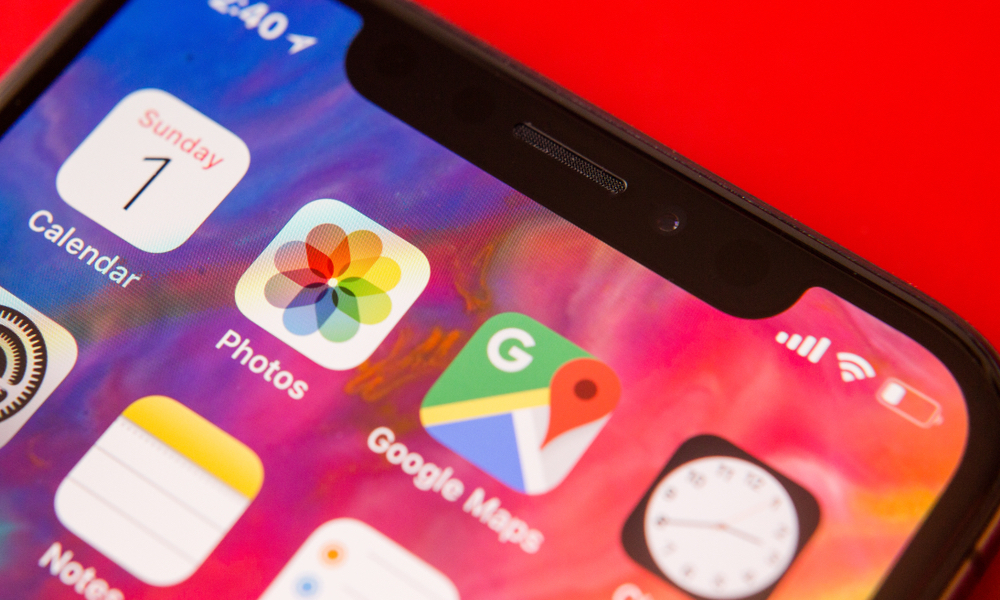 Credit: Dedi Grigoroiu / Shutterstock
Credit: Dedi Grigoroiu / Shutterstock
Battery health is one of the most important factors in taking proper care of your iPhone — because without a good battery, your device is no more than a brick. Did you know that some of your common habits may actually be doing more harm than good to your iPhone's battery?
In this article, we'll identify some of the most common ways that you could be harming your iPhone’s battery to help you avoid unnecessary damage. Continue reading to learn more.
5 Forgetting to Power Down
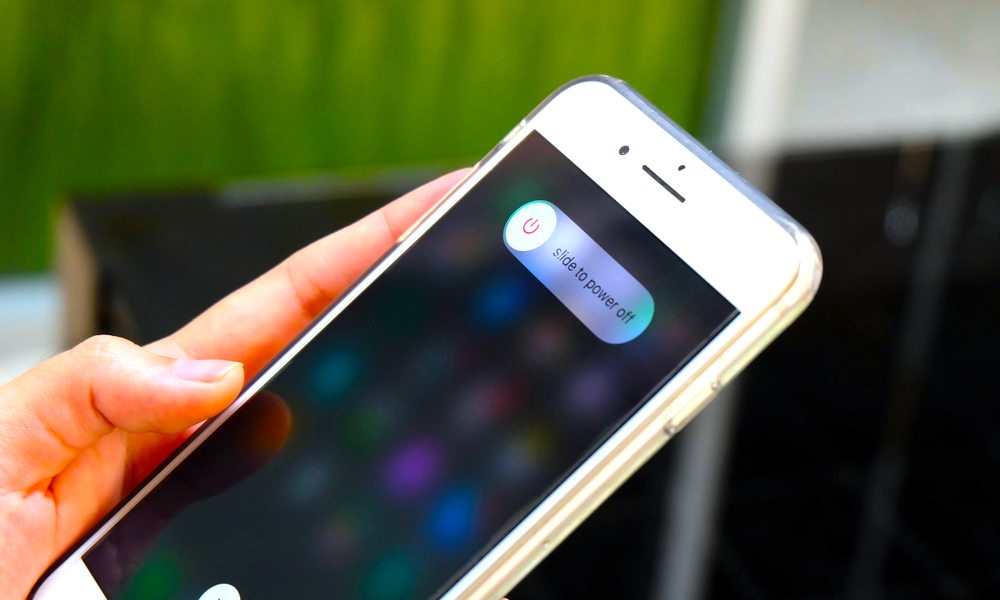
Image via Shutterstock
Hard resetting your iPhone is an easy way to restart the device if it freezes or encounters an error, but other than those isolated events, it’s rare that you power down your device, right?
Keeping your device on and operating 24/7 can put added stress on the handset and the battery, so turning it off every now and then can give your battery a much needed break.
4 Exposing Your iPhone to Extreme Temperature Changes
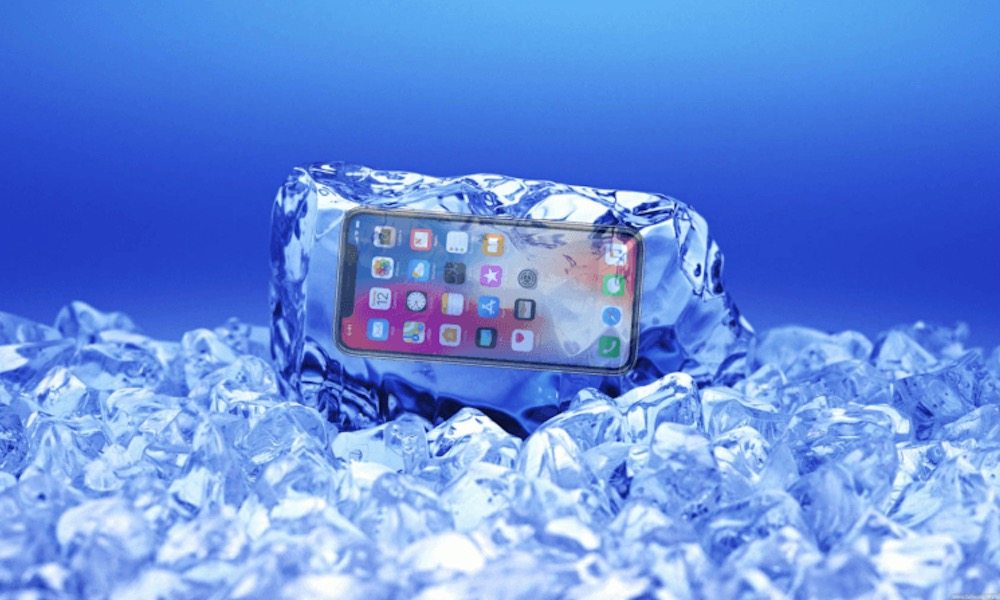
Image via The Verge
From extreme heat to chilling cold, it shouldn’t come as a surprise that temperature changes wear out your battery and the device. Hot temperatures may affect (or even destroy) your iPhone’s hardware, while colder temperatures may cause your device to (literally) freeze up.
This also means you should be cautious about bringing your phone into the bathroom while you’re showering, and never bring your iPhone into the sauna after your workout. Though seemingly harmless, these temperature shifts (plus the added moisture) can ruin your device in the long term.
3 Using Wireless Charging Frequently
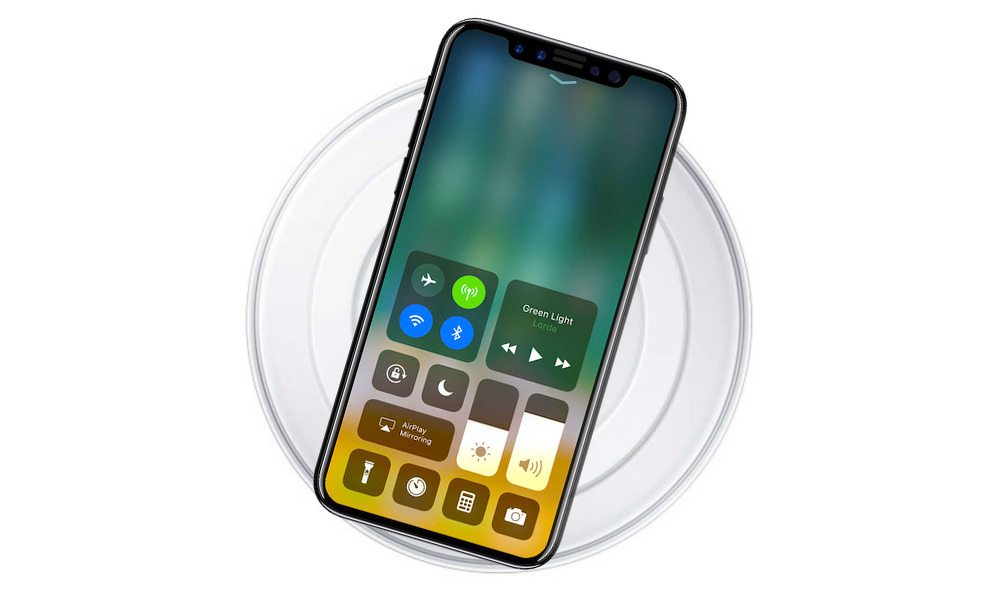
Image via iDrop News
Despite its ease of use, wireless charging for the iPhone 8 and X models may actually be doing harm. According to extensive research done by a writer at ZDNet, wireless charging wears out your battery faster than good old-fashioned cable charging. That’s because the iPhone battery isn’t getting a break during the wireless charging process. Consequently, this means that the iPhone battery works harder and will ultimately go through charge cycles more rapidly.
2 Charging with Old or Damaged Power Cords
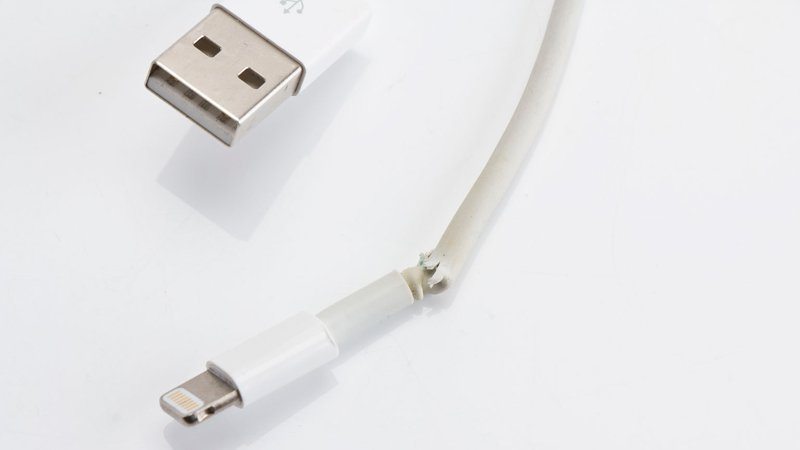
Image via AppleSutra
The adage “if it ain’t broke, don’t fix it” is something that you might abide by. However, when it comes to your charging cables, you might want to consider replacing them if they are old, worn, or frayed. Beyond the potential fire hazard that damaged charging cords may cause, these cords could potentially send a negative charge that harms the battery and the device.
1 Using a Cheap Charging Cord/AC Adapter
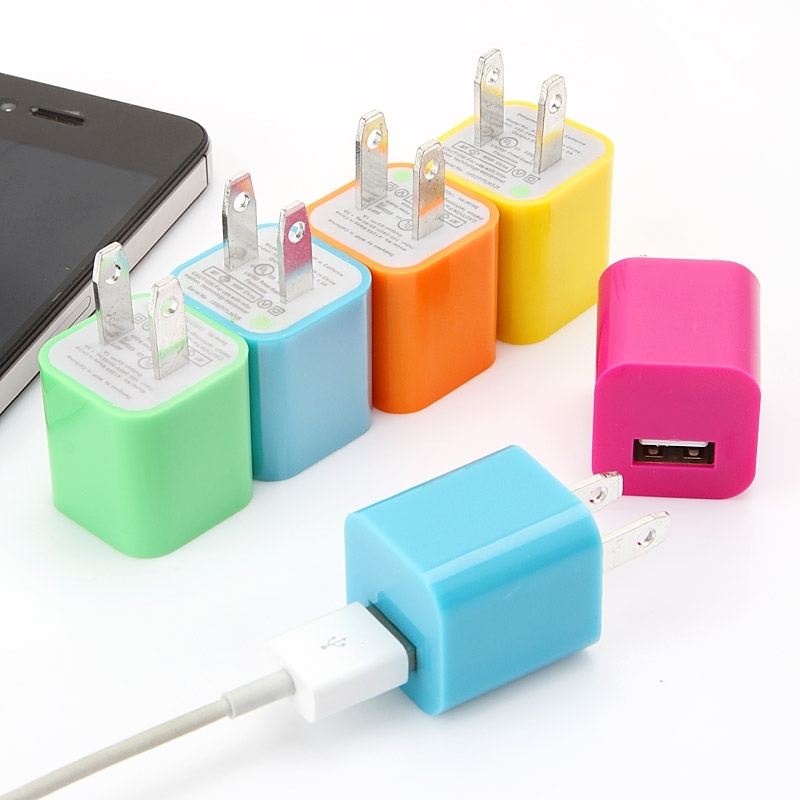
Image via Budget Electronics
While it’s tempting to buy cheaper Lightning cords and USB adapters, many experts agree that this might be a bad idea for two reasons. One, a third party cord could ruin the circuitry, or even the charging port. Two, if something does go wrong with your phone while charging (think overheating or even damage), it will not be covered by Apple. It is advised that you consider using only Apple MFi certified charging cords.
? How to Fix Your iPhone Battery Problems
So what can you do if your iPhone is suffering from a poor battery?
- One option is to get your battery replaced. Apple offers a battery replacement program for all users who are experiencing poor battery performance on their mobile devices. Earlier this year, the manufacturer lowered the price of battery replacements from $79 to $29 after it was uncovered that older iPhones were being slowed down as the batteries age.
- Alternatively, if you’re looking for some extra battery juice on the go, you might consider using an external battery case. These special cases can offer you additional battery life outside of your iPhone’s battery.
- External battery packs are also a good option, and can be useful if you don’t have easy access to a wall outlet or a reliable power source. Popular options include the LithiumCard Wallet Battery, the ZeroLemon ToughJuice 30,000mAh 5-Port Power Bank, among others.
- Other considerations for improved battery life are accessible from features within your iOS: Toggle on Low Power Mode from Settings > Battery (or use 3D Touch to access it from the Settings app). You could also limit your push notifications to help reduce excessive battery consumption, too. Learn More: Avoid Battery Drain on iPhone with These Settings
